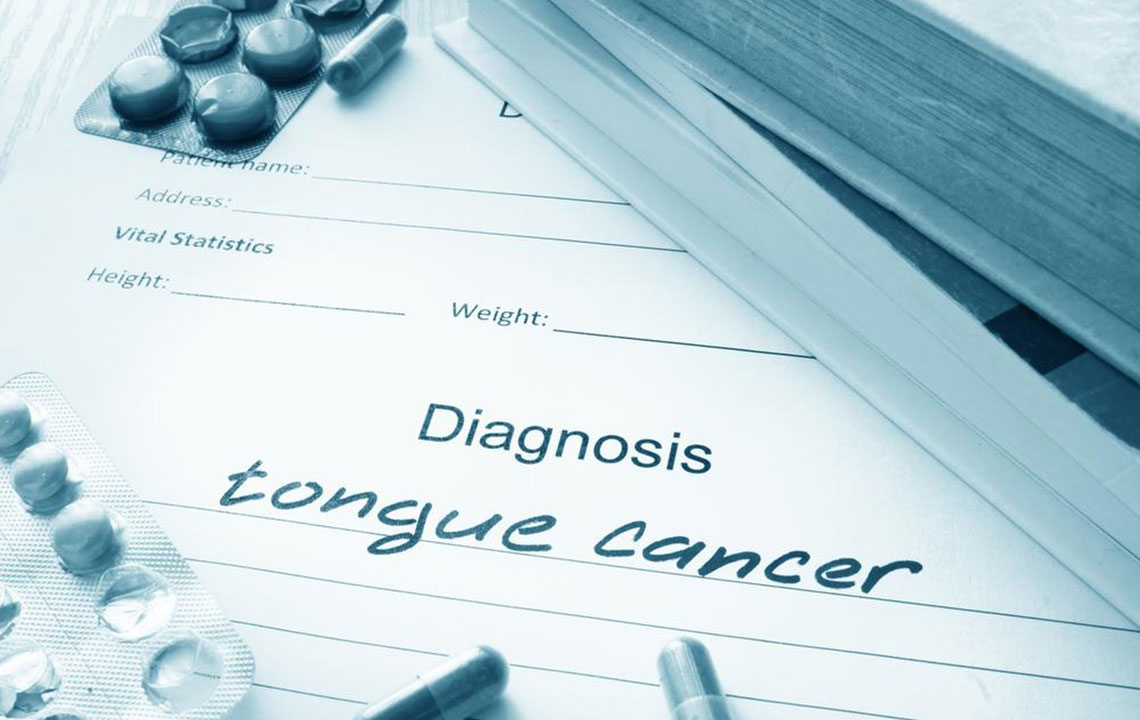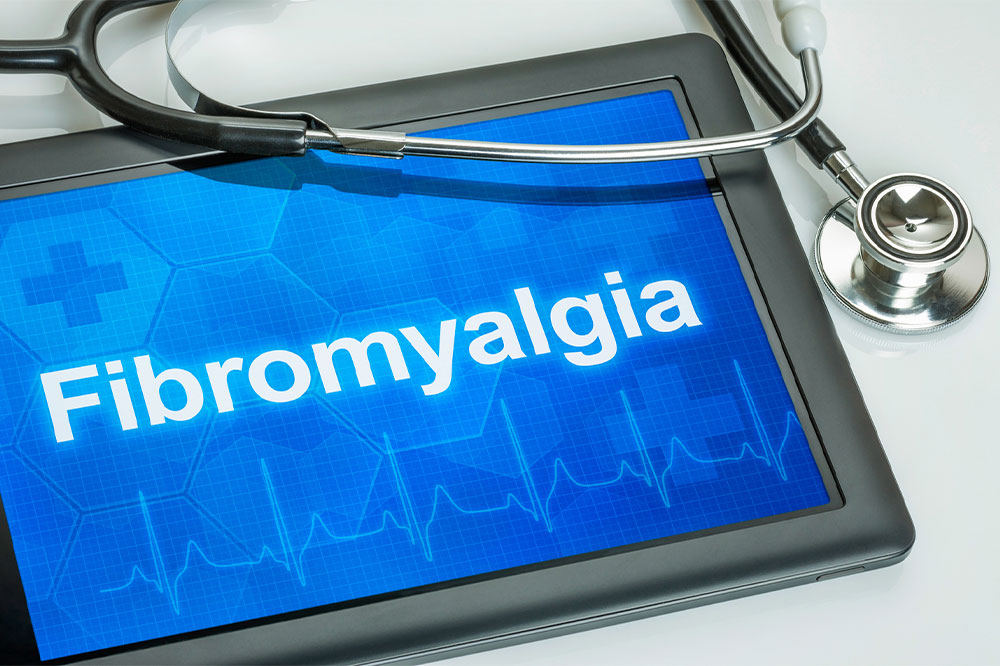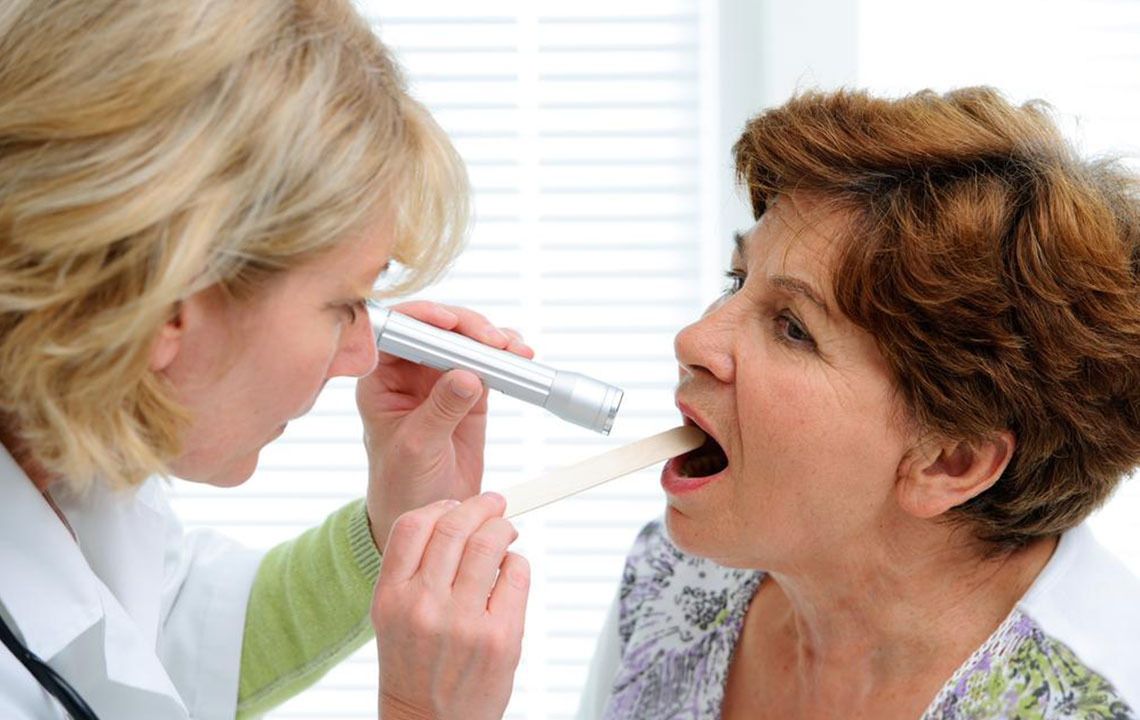Comprehensive Guide to Recognizing the Key Signs and Symptoms of Ankylosing Spondylitis
Learn to recognize the key signs and symptoms of ankylosing spondylitis, a chronic inflammatory disease affecting the spine and joints. Early detection is crucial for better management and maintaining quality of life. This comprehensive guide covers causes, symptoms, diagnosis, and treatment options to help you understand this often misunderstood disease.

Comprehensive Guide to Recognizing the Key Signs and Symptoms of Ankylosing Spondylitis
Ankylosing spondylitis (AS) is a complex and chronic inflammatory disease that primarily targets the spine, but it can also impact various other parts of the body, leading to a range of symptoms that can often be confusing or mistaken for other health issues. As a member of the broader spondyloarthropathy family, ankylosing spondylitis shares similarities with other conditions like psoriatic arthritis, reactive arthritis (historically known as Reiter’s disease), and arthritis associated with inflammatory bowel diseases such as Crohn’s and ulcerative colitis. These illnesses collectively can cause significant discomfort, joint deformities, and functional impairments if not diagnosed and managed properly.
Understanding the key signs and symptoms of ankylosing spondylitis is crucial for early detection and effective treatment. This autoimmune disease mainly affects the axial skeleton, especially the lumbar spine and sacroiliac joints, which connect the base of the spine to the pelvis. Inflammation in these areas can lead to pain, stiffness, and eventually structural changes in the bones and joints, profoundly affecting quality of life. Though it is more common in males, it can develop in both men and women, generally starting in late adolescence or early adulthood, typically between the ages of 17 and 45. Recognizing the early warning signs can help patients seek medical help promptly, potentially preventing severe deformities and mobility issues in later stages.
Ankylosing spondylitis can also manifest in children, termed juvenile ankylosing spondylitis, which presents similar symptoms but can also involve other parts of the body such as the eyes and skin. The disease’s primary causes are believed to involve a combination of genetic predisposition and environmental triggers, although the exact etiology remains complex and not fully understood.
What Causes These Symptoms?
The strongest genetic link to ankylosing spondylitis is the presence of the HLA-B27 gene. Carriers of this gene are significantly more susceptible to developing the disease. However, it is important to note that not everyone who carries the HLA-B27 gene will develop ankylosing spondylitis; approximately 10% of carriers remain unaffected throughout their lives. This suggests that other environmental factors, immune responses, or genetic interactions also play roles in disease manifestation. Yet, no definitive external cause has been established, making the disease's trigger mechanism complex.
The course and severity of symptoms vary widely among individuals, complicating diagnosis. Physicians typically rely on a combination of blood tests, imaging studies, physical examinations, and symptom history to make an accurate diagnosis. Blood tests often include checking for the HLA-B27 gene and markers of inflammation such as ESR and CRP levels. Imaging tools like X-rays and magnetic resonance imaging (MRI) provide visual evidence of joint fusion, bone erosion, or new bone formation, which are characteristic features of advanced ankylosing spondylitis. Physical assessments focus on spinal flexibility, pain provocation tests, and chest expansion measurements during deep breathing, which can reveal the extent of functional impairment.
Common Signs and Symptoms of Ankylosing Spondylitis:
Persistent lower back pain and stiffness, especially noticeable in the mornings or after periods of inactivity. Discomfort may last for months to years if untreated.
Early symptoms often cause significant discomfort, disrupting sleep, reducing mobility, and affecting daily routines. The pain may improve with activity but worsens with rest, creating a cycle that can be frustrating for sufferers.
Progression to chronic pain and reduced spinal mobility is common over time, leading to a characteristic forward-stooped posture or reduced chest expansion.
Formation of bony growths, or syndesmophytes, can cause fusion of the spinal vertebrae, resulting in stiffness and decreased flexibility.
Inflammation of tendons and ligaments, particularly around the Achilles tendon and the plantar fascia, can lead to tendonitis and heel pain.
Systemic symptoms such as fatigue, mild fever, and loss of appetite may accompany joint symptoms, reflecting underlying inflammation.
Extra-articular manifestations like iritis or uveitis involve inflammation of the iris, causing eye pain, sensitivity to light, redness, blurred vision, and potential vision loss if untreated.
In severe cases, neurological or neurological-like symptoms may occur, such as cauda equina syndrome, leading to bladder or bowel dysfunction, numbness, or weakness in the limbs. These situations require urgent medical attention.
While there is currently no cure for ankylosing spondylitis, early diagnosis and comprehensive management can significantly improve life quality. Treatment strategies aim to reduce inflammation, control pain, and maintain spinal flexibility and posture. Medications such as nonsteroidal anti-inflammatory drugs (NSAIDs), biologic agents including TNF inhibitors, and physical therapy play vital roles in managing symptoms. Lifestyle modifications, exercise programs, and regular monitoring are essential components of long-term care, helping patients maintain mobility and prevent irreversible deformities.
In conclusion, understanding the hallmark signs and symptoms of ankylosing spondylitis is essential for early detection and effective treatment. Anyone experiencing persistent back pain, morning stiffness, or other related symptoms should consult healthcare professionals for appropriate testing and diagnosis. Active management can help control progression, improve daily function, and preserve a good quality of life for those affected by this challenging condition.





